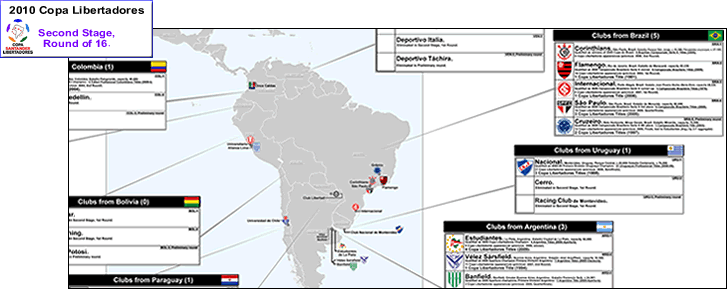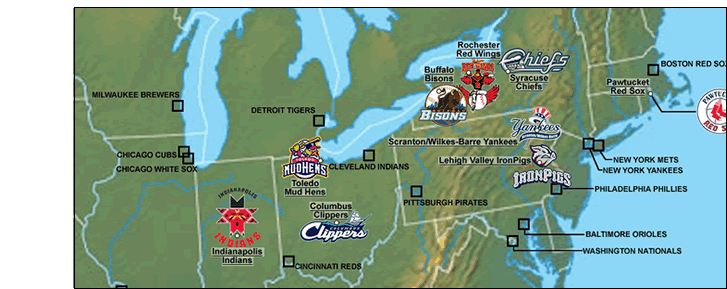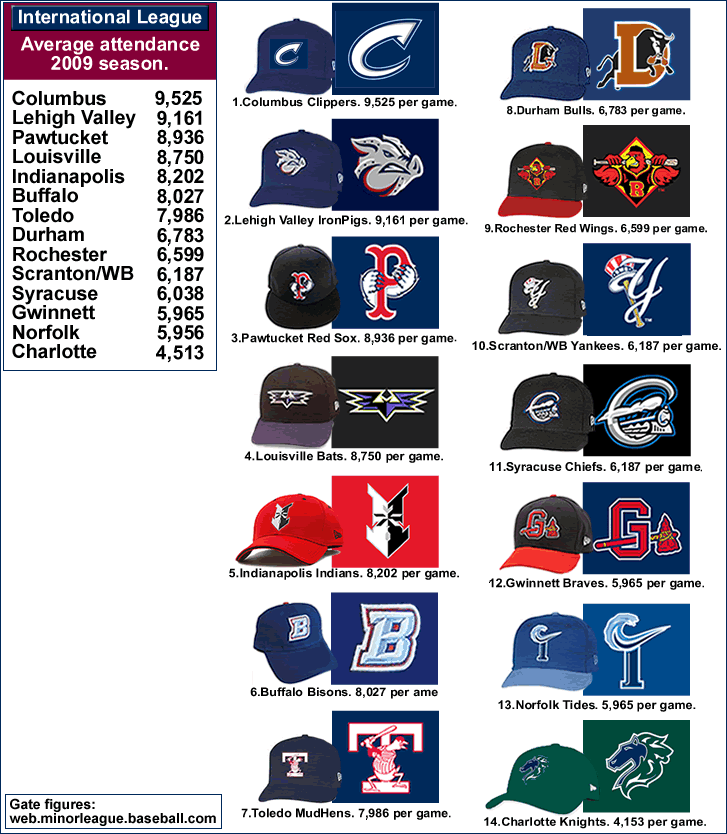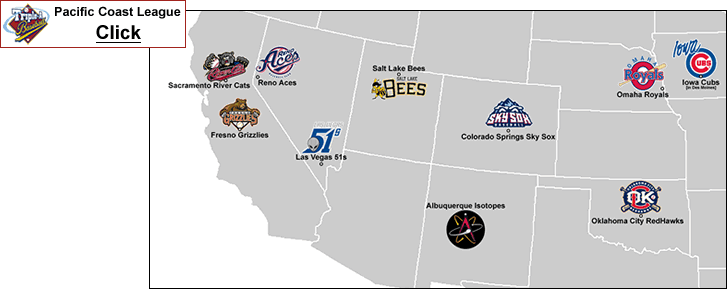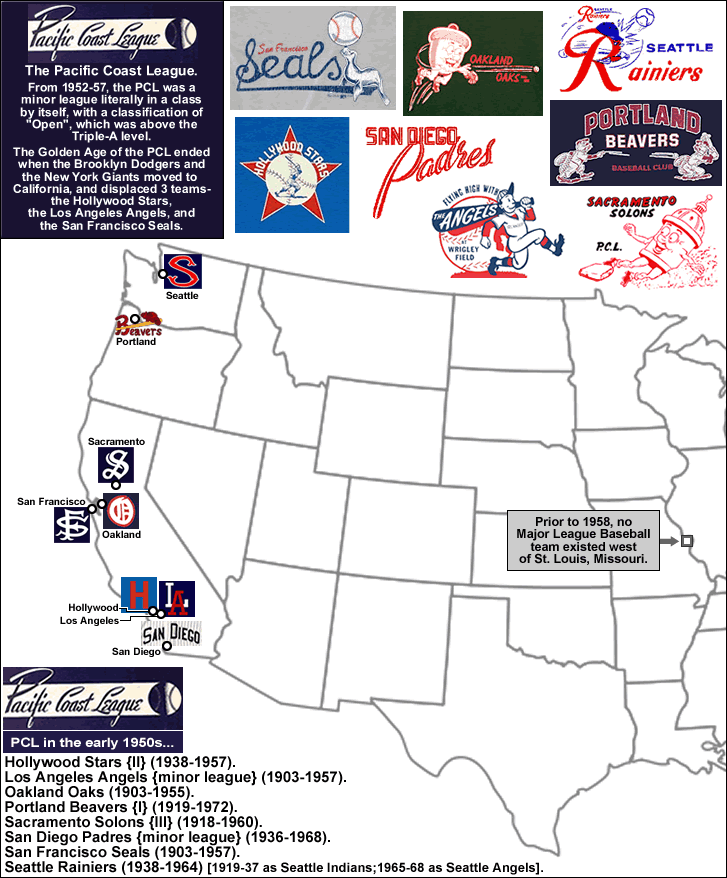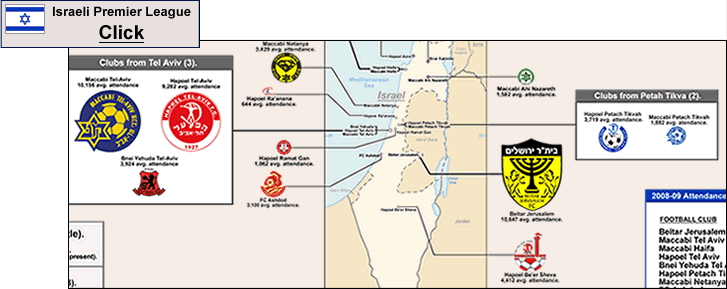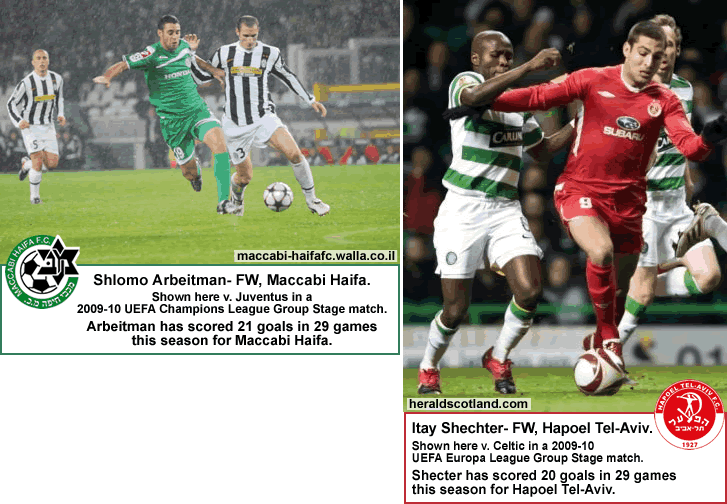Stevenage Borough will play in the Football League next season for the first time in their 35 year history. Stevenage Borough were famously denied entrance into the Football League in 1996, when, after winning the Conference, their automatic promotion was denied due to their ground being below standards. So 14 years later, it’s payback time for Stevenage and their fans. In the interim, the club had improved their ground, Broadhall Way, to the point where it was considered one of the top facilities in the Conference. This season, Stevenage saw a 30% increase in average attendance, to a very respectable 2,589 per game.
That still was far below the two turnstile giants of Non-League football these days…Luton Town and Oxford United, who both have averaged in the 6,000s this season. Average attendances of the top 5 clubs in the Conference are listed on the left on the map page. The following link shows average attendances in the Conference this season…Conference Premier Attendance Grids and Charts 2009-2010 (www.mikeavery.co.uk).
Stevenage Borough FC page at en.wikipedia.org
The four clubs competing for the other promotion spot to League Two are: Luton Town, Oxford United, Rushden & Diamonds, and York City. All four of the playoff clubs have League history, and their relegations from the League are noted in their club profile box. Also listed are the number of seasons spent in each of the top 5 levels of English football, and the club’s 09/10 kits. Also included in the profile boxes are three photos of each club’s home ground.
On the map I have listed the 23 clubs that competed in the 2009-10 Conference. The odd-number of clubs is due to the mid-season expulsion of Chester City.
That made relegation a matter of three other clubs, and those relegated this season were: Grays Athletic, Ebbsfleet United, and Forest Green Rovers. However, Salisbury City were penalized for failing to pay creditors, and were relegated two levels to the Southern Premier League, in the 7th Level. This was made official on 12th June. Forest Green Rovers, as the highest-placed relegated club, were thus re-instated into the Blue Square Premier League for the 2010-11 season.
-
Play Off dates…The Play-Off begins Thursday, 29th April, with Rushden & Diamonds v. Oxford United; and York City v. Luton Town. ; 2nd Legs Monday, 3rd May. Play-Off final Sunday, 16th May, at Wembley Stadium. 2010 Conference Play Off fixtures, at Football Conference site .
-
Thanks to Football Supporter’s Federation Ground Guide,FSF Ground Guide. Thanks to Soccerway, England- Conference National/Venues (www.soccerway.com). Thanks Google Maps, Google Earth view.
Thanks to World Stadia.com, www.worldstadiums.com. Thanks to RDFC Fans Blog, Rushden & Diamonds fansite. Thanks tor RDFC official site, www.thediamondsfc.com.
Thanks to Sam Mason at Flickr.com, Sam Mason @ Flickr.com. Thanks to jim2000 at Panoramio.com, jim2000 @ panoramio.com. Thanks to OxKits.co.uk, OxKits.com, A visual history of the kits of Oxford United.
Thanks to SoccerWorld.com, soccerword.com. Thanks to UK European Football Stadiums, stadiums.football.co.uk/Non League Stadiums. Thanks to Bing.com, Luton Town FC, Kenilworth Road (Birds Eye view).
Thanks to Campdavemorecambe at Flickr.com,‘[Photo of]Broadhall Way, Stevenage Borough. Thanks to Ray Stanton at Panoramio.com, [Photo of] Stevenage Borough FC. Thanks to Virtual Globetrotting, Broadhall Way (satellite view).
Thanks to Mike Avery Non-League Football Stats site, http://www.mikeavery.co.uk.
Thanks to Jeremy, at Albion Road site, for tech support help, Albion Road, Fan’s guide to Football Clubs around the world .
